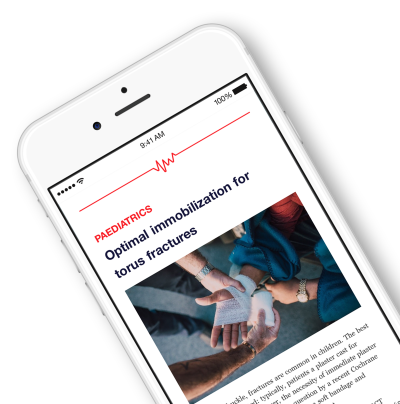
AAOS 2016: IV+IA TXA significantly reduces blood loss compared to IV TXA alone in TKA .
Combined Intra-Articular and Intravenous Tranexamic Acid Significantly Reduce Blood Loss in Knee Arthroplasty
60 patients undergoing total knee arthroplasty were randomized to receive either both intravenous (IV) and intra-articular (IA) tranexamic acid administration, or intravenous administration alone. The study was conducted in order to determine whether the addition of IA TXA to IV TXA was associated with a significant reduction in total blood loss. Findings indicated that the combined administration significantly reduced blood loss over both the first and second days after surgery when compared to IV administration alone.
Unlock the Full ACE Report
You have access to 4 more FREE articles this month.
Click below to unlock and view this ACE Reports
Unlock Now
Critical appraisals of the latest, high-impact randomized controlled trials and systematic reviews in orthopaedics
Access to OrthoEvidence podcast content, including collaborations with the Journal of Bone and Joint Surgery, interviews with internationally recognized surgeons, and roundtable discussions on orthopaedic news and topics
Subscription to The Pulse, a twice-weekly evidence-based newsletter designed to help you make better clinical decisions
Exclusive access to original content articles, including in-house systematic reviews, and articles on health research methods and hot orthopaedic topics































































